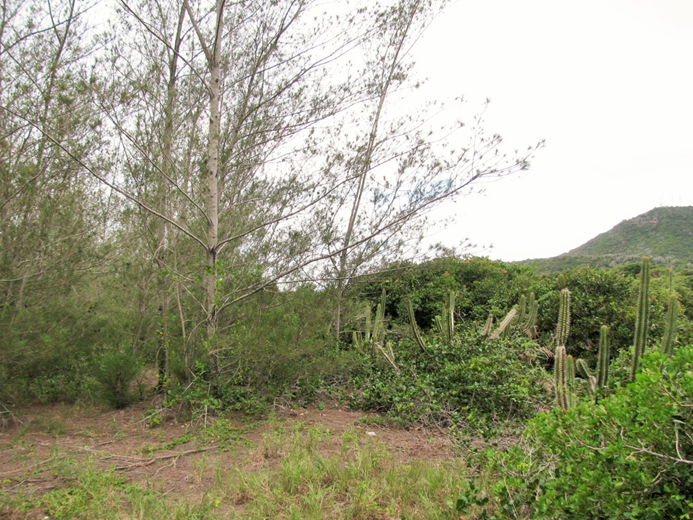C·I·B study uncovers the specialised nature of legume-rhizobium networks in the face of Acacia invasions
High specialisation characterises the relationships between native and invasive legumes and their mutualistic bacteria called rhizobia.
High specialisation characterises the relationships between native and invasive legumes and their mutualistic bacteria called rhizobia.

Water stress and shade may limit the potential of one of the world’s most widespread invasive alien tree species, the Australian pine tree (Casuarina equisetifolia L.) to spread on sandy coastal plains of Brazil.

C·I·B researchers Ana Novoa (C·I·B Post-doc) and Dave Richardson (C·I·B Director) together with colleagues from the University of Vigo, in Spain, identified that the seeds of cactus plants can be used as an effective way of detecting invasive cacti.
Alien plants are widely recognised as a global threat to biodiversity. Many invasive plant species have transformed the structure and functioning of ecosystems. Although hundreds of alien plant species are widespread invaders, there are no documented examples of native plants that have gone extinct solely as a result of alien plants...
A collaboration between C·I·B researchers and managers from the City of Cape Town’s (CoCTs) Green Jobs Unit resulted in the development of a framework specifically to help managers manage invasive species in cities.